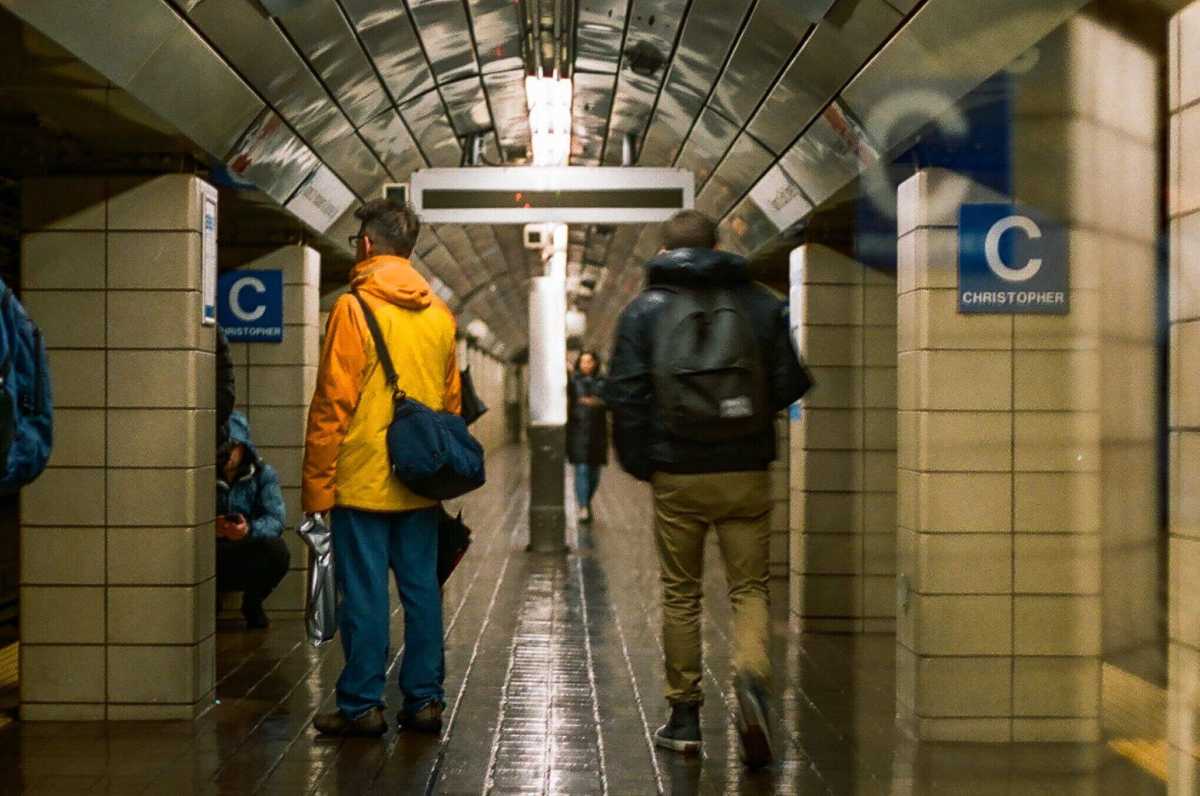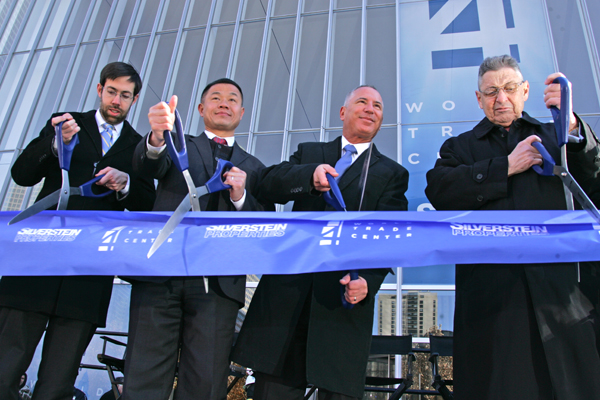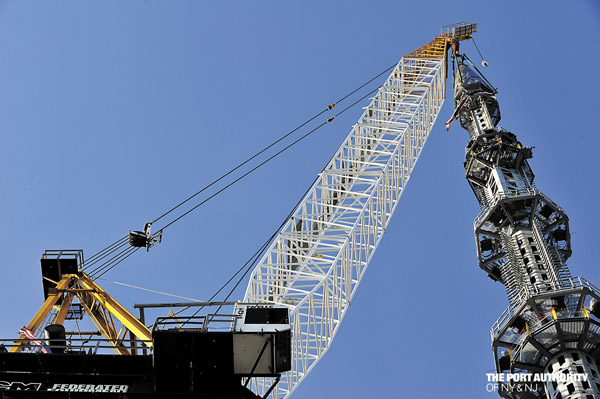Port Authority of New York and New Jersey officials said they are investigating the air quality in the Christopher Street PATH Station after a damning study from New York University’s Grossman School of Medicine showed pollution there to be 77 times higher than on the surface.
First reported by The Guardian, 71 underground stations were sampled in cities throughout the northeast, implicating Christopher Street which had 1,499 micrograms of pollution per cubic meter increasing the risk of a cardiovascular event by 10% in a regular commuter.
After only learning of the report on Wednesday around noon, officials said they plan to figure out the cause and address it following a Thursday commissioner’s meeting.
“We are totally committed to protecting the health and safety of our workers, we are totally committed to protecting the health and safety of PATH riders, and we will we will dig into this [study], come to conclusions and, if necessary or appropriate, develop an action plan to address it,” PANYNJ Executive Director Rick Cotton said. “We need to understand where the measurements were taken, how they were taken, what they showed and then look at both the HVAC units on the trains… HVAC units of World Trade Center are wildly different from what exists at legacy station so we need to dig into this.”
Pollutants known as PM2.5 were also found in subway stations operated by the MTA which had results that ranged within 251 micrograms per cubic meter; the nationally accepted level for safety falls below micrograms per cubic meter.
But the MTA said they had already looked into the matter through independent environmental consultant ATC in February 2020 and the below-ground samples were “comparable” to those taken on the surface.
“We have conducted previous air quality testing on subway trains operating in our system and found no health risks, however, we will thoroughly review this study as the safety of customers and employees is always our highest priority,” MTA spokesman Tim Minton said. “The subways are part of New York City, which is designated by USEPA as an area that includes elevated levels of the same size particulates identified in the NYU study. Notably, study researchers sampled the equivalent of 0.6% of the system – just three of 472 stations and four trains from close to 1,000 that move through NYC Transit every day. The MTA is currently piloting technology solutions, as a result of pandemic-related innovation, that will further enhance filtration in subway cars.”
The MTA noted that the Knorr-Merak and CASPR filtration systems are being piloted in the subway system and that the average wait times for trains, contrary to the NYU study’s claims, are lower than the average 15 minutes noted by researchers.





































